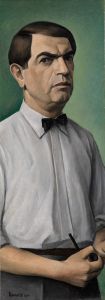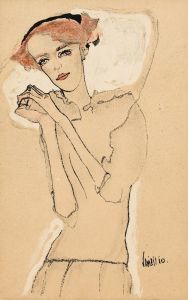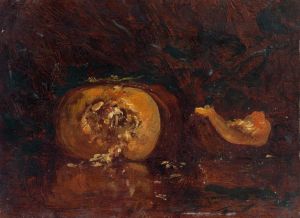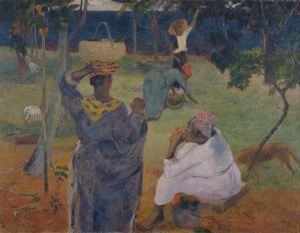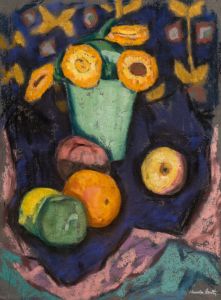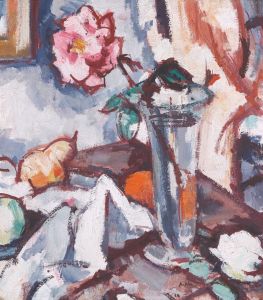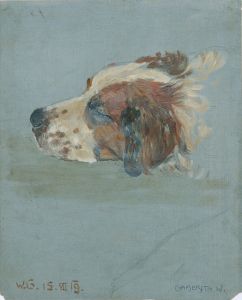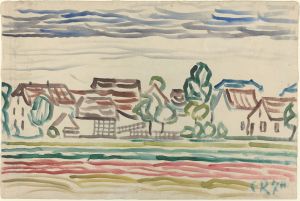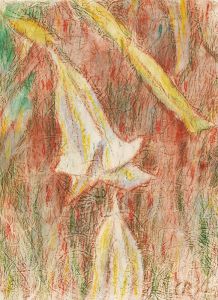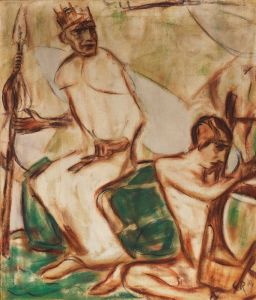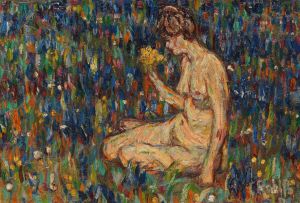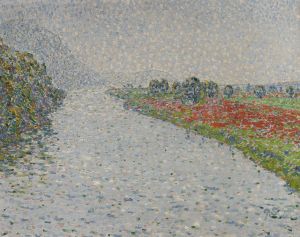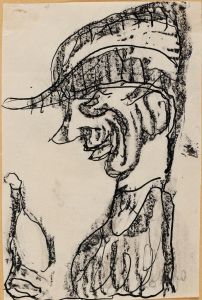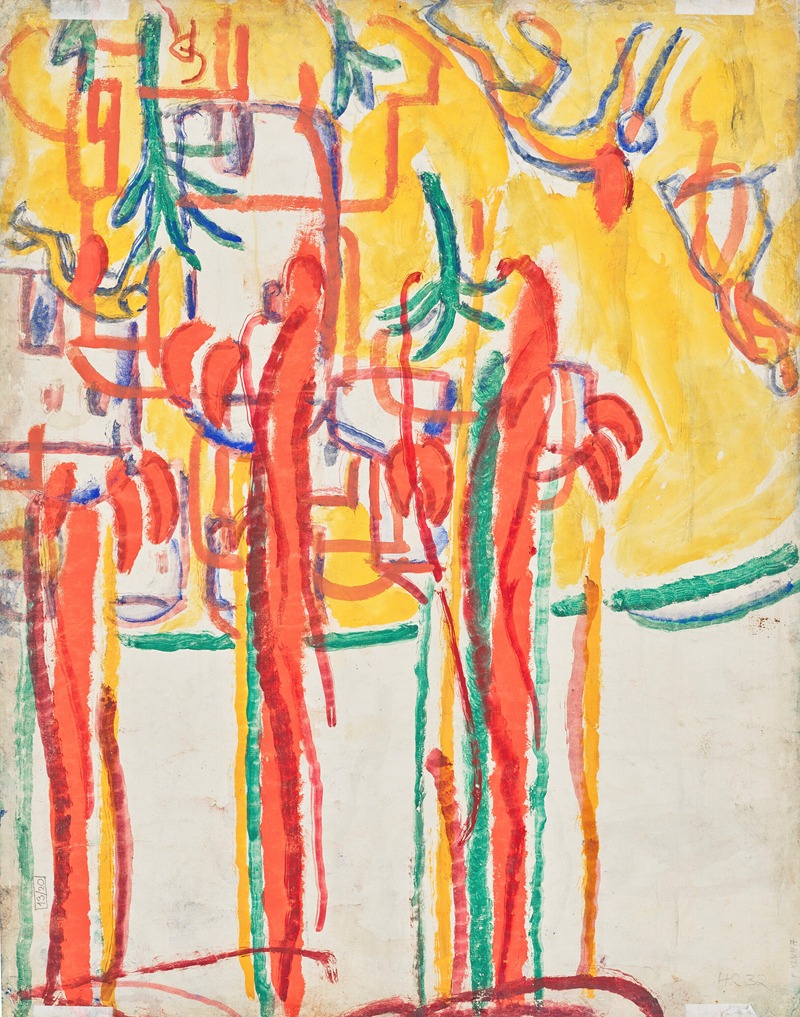
Bäume
A hand-painted replica of Christian Rohlfs’s masterpiece Bäume, meticulously crafted by professional artists to capture the true essence of the original. Each piece is created with museum-quality canvas and rare mineral pigments, carefully painted by experienced artists with delicate brushstrokes and rich, layered colors to perfectly recreate the texture of the original artwork. Unlike machine-printed reproductions, this hand-painted version brings the painting to life, infused with the artist’s emotions and skill in every stroke. Whether for personal collection or home decoration, it instantly elevates the artistic atmosphere of any space.
Christian Rohlfs was a German painter known for his contributions to Expressionism, a movement that sought to convey emotional experience rather than physical reality. One of his notable works is "Bäume," which translates to "Trees" in English. This painting exemplifies Rohlfs' mature style, characterized by bold colors and dynamic forms.
Rohlfs was born on December 22, 1849, in Niendorf, Germany. He began his artistic education at the Grand Ducal Saxon Art School in Weimar, where he initially focused on landscape painting. His early work was influenced by Impressionism, but over time, he developed a more expressive style. In 1901, Rohlfs moved to Hagen, where he became associated with the Folkwang Museum, an institution that played a significant role in promoting modern art in Germany.
"Bäume" is a reflection of Rohlfs' deep appreciation for nature, a common theme in his work. The painting captures the essence of trees through expressive brushstrokes and a vibrant color palette. Rohlfs often used tempera and watercolor, which allowed him to achieve a luminous quality in his paintings. His technique involved layering colors to create depth and intensity, a method that is evident in "Bäume."
The painting is notable for its abstraction and emotional intensity. Rohlfs was less concerned with realistic representation and more focused on conveying the emotional impact of the natural world. This approach aligns with the principles of Expressionism, which emphasizes the artist's subjective experience. In "Bäume," the trees are depicted with swirling forms and exaggerated colors, suggesting movement and vitality.
Rohlfs' work was well-received during his lifetime, and he became an influential figure in the German art scene. However, his career faced challenges during the Nazi regime. In 1937, the Nazis condemned modern art as "degenerate," and Rohlfs' works were removed from German museums. Despite this setback, Rohlfs continued to paint until his death on January 8, 1938, in Hagen.
Today, Christian Rohlfs is recognized as a significant contributor to modern art, and his works are held in high regard. "Bäume" is an excellent example of his ability to blend natural forms with expressive techniques, creating a powerful visual experience. The painting is housed in various collections, including the Christian Rohlfs Archive in Hagen, which preserves his legacy and promotes the study of his work.
Rohlfs' influence extends beyond his paintings; he inspired a generation of artists who sought to explore the emotional and spiritual dimensions of art. His dedication to capturing the essence of nature and his innovative use of color and form continue to resonate with audiences today. "Bäume" remains a testament to Rohlfs' artistic vision and his contribution to the Expressionist movement.





